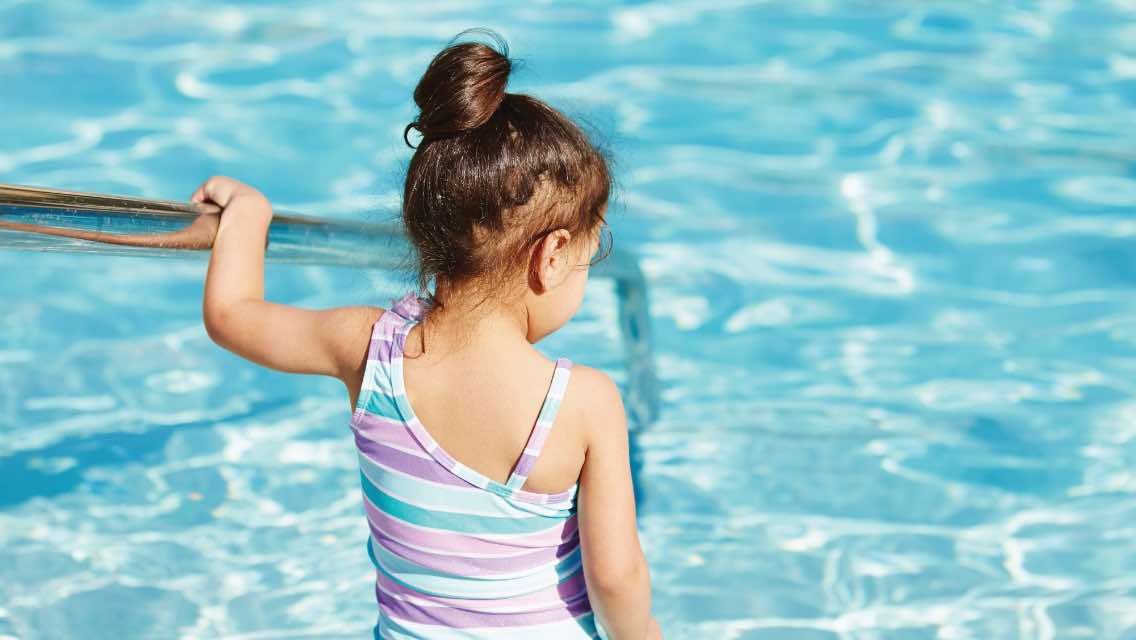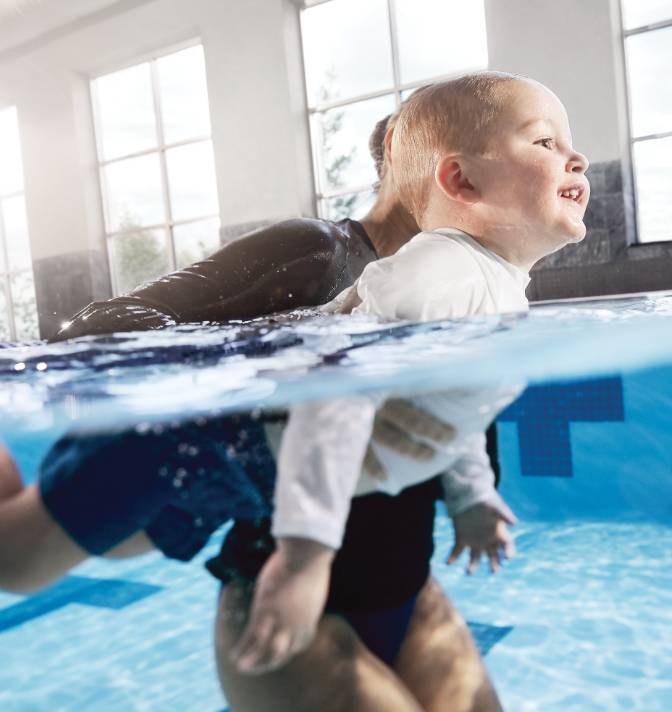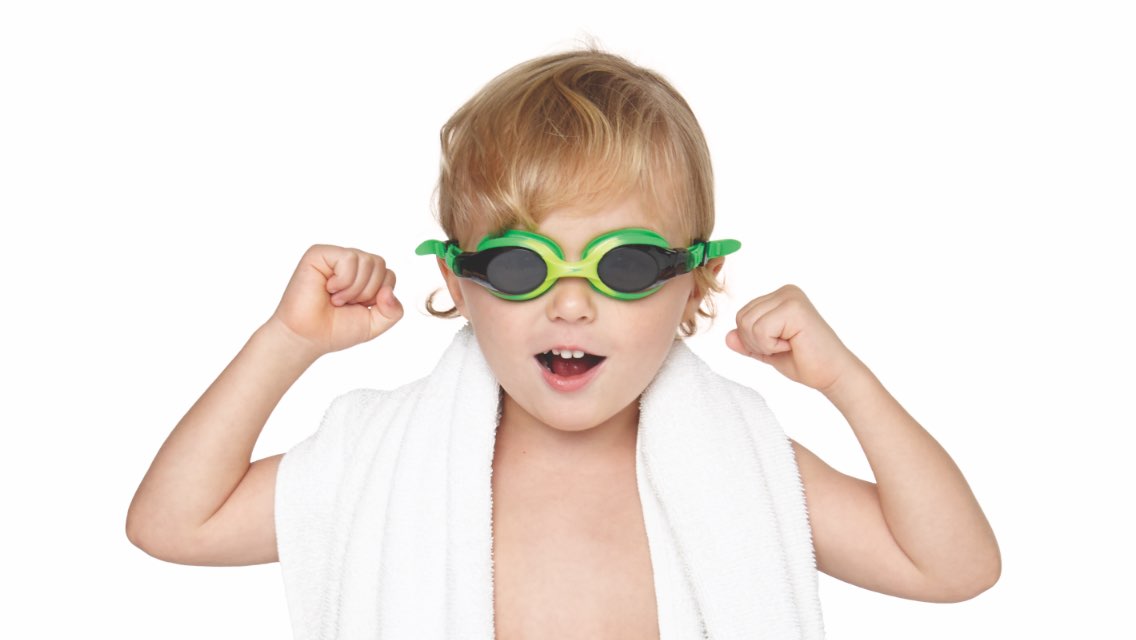Summer days by the pool can feel delightfully carefree, but keeping kids safe around water is one thing to remain vigilant about. To protect kids from the risk of drowning — the second-leading cause of unintentional injury-related death in children aged 1–14 years — follow these suggestions from Alicia Kockler, a swim safety expert and the vice president of swim programming at Life Time.
1. Invest in swim lessons. “The sooner the better,” stresses Kockler, noting that infants are generally more receptive to, and less fearful of, being in water than children whose first exposure comes later. Ongoing lessons are critical as children’s cognitive and motor skills progress.
2. Maintain visual contact. Even when lifeguards are on duty, keep a close eye on the kids. Life Time’s 25:10 guideline stipulates that if a child cannot swim 25 meters continuously without assistance, a supervising adult must remain within 10 feet of that child at all times. “Be crystal clear about who’s watching the kids and make sure the kids know who’s responsible for them,” adds Kockler. Life Time also recommends that each adult be responsible for watching no more than three non-swimmers at a time.
3. Be flotation-device savvy. Not all life jackets and water wings are created equal. “If you want to use a flotation device, use a U.S. Coast Guard-approved device,” recommends Kockler. “If it’s sized appropriately to a child’s weight, it will prevent that child from flipping upside down in the water.” She notes that some brands have buckles in the back so kids can’t unfasten and wriggle out of them, and suggests avoiding devices that you have to inflate yourself, because they can pop. Life Time provides U.S. Coast Guard-approved devices for use at its pools, and allows swimsuits with sewn-in floaties as long as they’re not inflatable.
4. Get CPR certified. Take a class and learn how to perform CPR in case an emergency does occur. “Most certifications expire every two years,” says Kockler, who recommends parents and caregivers seek out certification from the American Heart Association or the American Red Cross.
5. Know the signs of drowning. They might look different than you think. For instance, TV shows and movies typically depict drowning people calling out for help. People who are actually drowning, however, are unable to make forward progress in the water, and their mouths and noses are typically submerged, preventing them from calling out. If you see someone you think is drowning and feel confident you can help, take action immediately. Otherwise, call for the lifeguard.
6. Talk to your kids about safety. “Establish early on that they can’t go swimming without a parent or caregiver present — and that they have to wait to get in the water until that caregiver says it’s OK,” says Kockler. Designate a meeting spot and establish regular times to check in.
7. Take breaks at least every two hours. “Kids aren’t a good judge of their own exhaustion,” notes Kockler. If they’ve been swimming a lot or going down the waterslide over and over, they may need a break even sooner.





